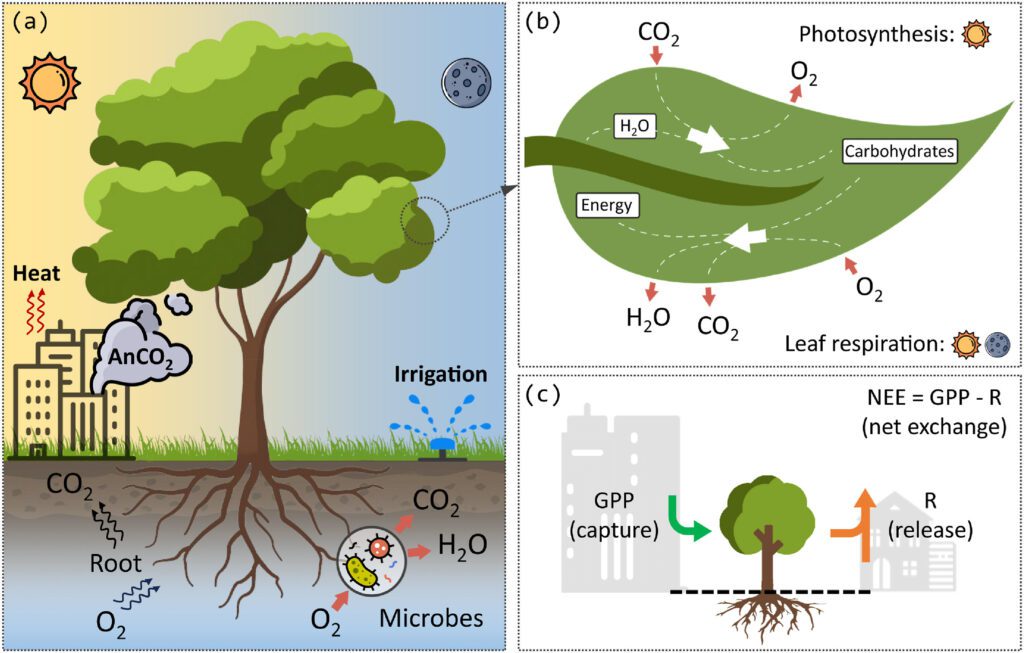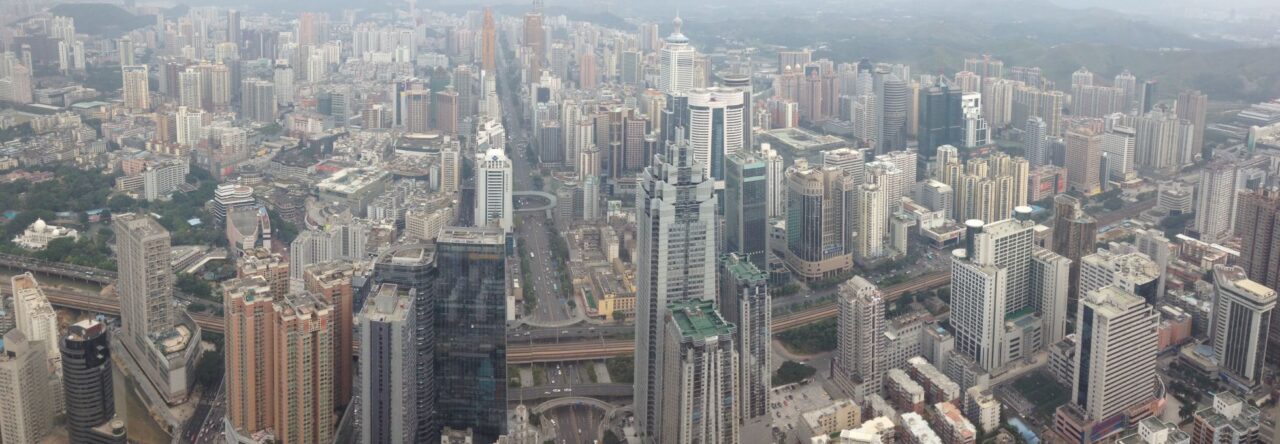Our new paper, “Impact of urban trees on carbon dioxide exchange: Mechanistic pathways, environmental controls, and feedback“, is published in Journal of Environmental Management (IF: 8.0).
The paper can be downloaded at https://www.sciencedirect.com/science/article/pii/S0301479725000040.
Authors: Zhi-Hua Wang, Peiyuan Li, Chenghao Wang, & Xueli Yang
Abstract: The increase of carbon dioxide (CO2) concentration in the atmosphere is held responsible for global climate changes. To meet the objective of achieving carbon neutrality and keeping global warming in check, many cities, as hotspots of CO2 emissions, have been promoting the use of urban greenery, urban trees in particular, to mitigate carbon emissions from the built environment. However, there remain large uncertainty and divergence of the potential of urban trees for carbon mitigation, with the underlying mechanisms poorly understood. In this study, we conducted a comprehensive survey of the biophysical functions, their environmental controls, and possible heat-carbon-water feedback that mechanistically govern the CO2 exchange processes of trees in the built environment. This review helps to clarify some disparities and enables us to gain clearer insights into the participatory role of urban trees in the dynamics of CO2 exchange. In addition, we proposed a few guidelines for urban planning and management strategies of using trees to promote the sustainability of urban ecosystems.
DOI: https://doi.org/10.1016/j.jenvman.2025.124028

